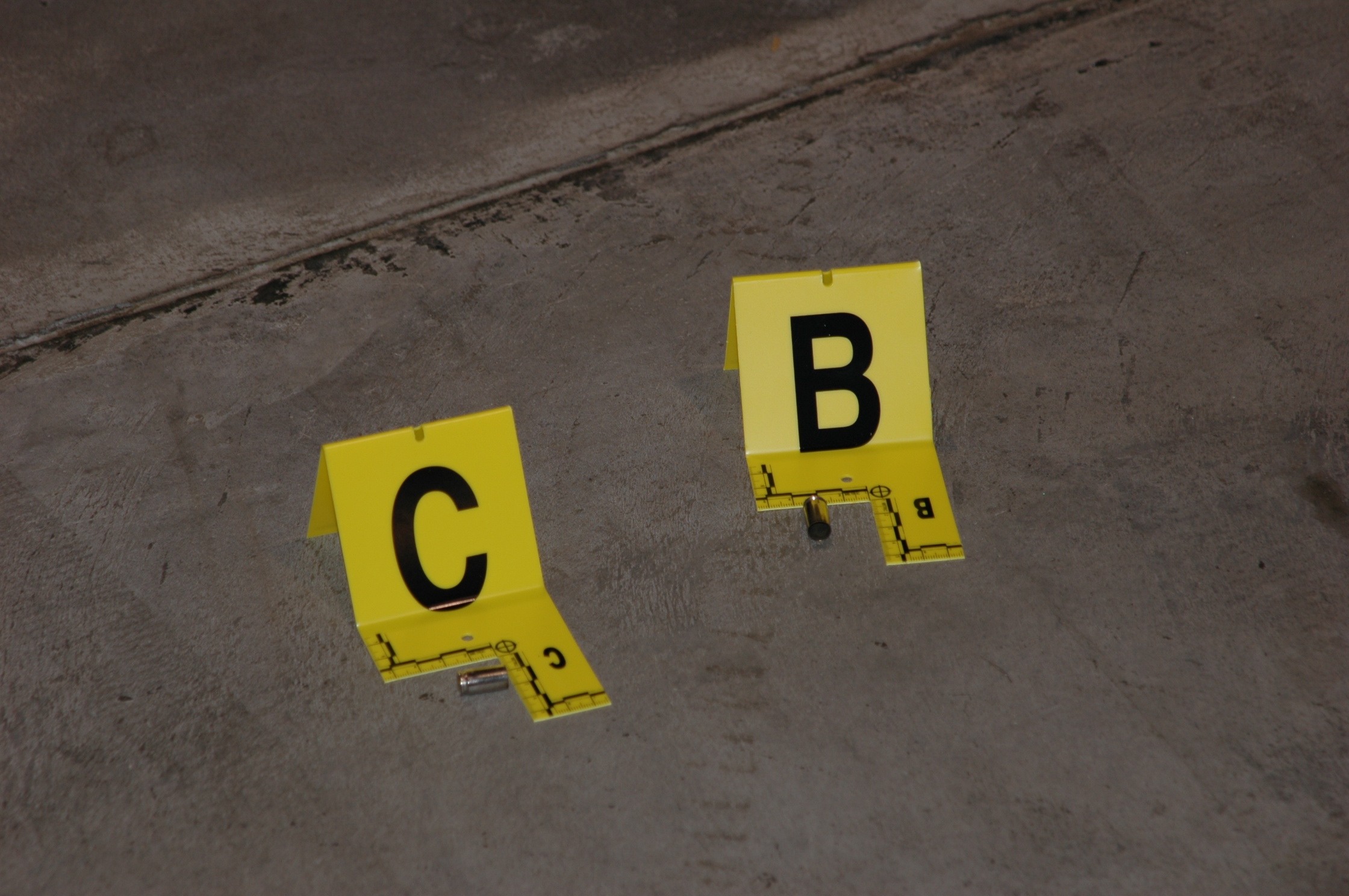Introduction:
In a world where forensic science often faces skepticism, recent studies have reinforced the reliability of firearm forensics both in laboratories and courtrooms. This blog post explores the robustness of firearm identification analysis, a critical tool in solving firearm-related crimes.
Historical Background:
Firearm forensics has a storied history dating back to 1925, with Dr. Calvin Goddard's establishment of the Bureau of Forensic Ballistics. This field involves the meticulous examination and comparison of fired ammunition, allowing experts to link specific firearms to crimes. Despite its long-standing scientific foundation, firearm forensics faced criticism, especially after a 2016 report by the President’s Council of Advisors on Science and Technology (PCAST) questioned its scientific validity.
The Resurgence of Confidence:
New studies, including the Ames I and II studies, have demonstrated the accuracy and reliability of firearm forensics. These studies, which included challenging tests with steel-jacketed bullets and cartridge cases, reported less than 1% error rates in identification. Notably, these studies involved a broad spectrum of firearm examiners and were conducted under stringent conditions, further validating the discipline’s credibility.

Key Findings:
- Accuracy in Identification: Firearm examiners have shown remarkable precision in identifying casings and bullets, with an overall false positive error rate of less than 1%.
- Integrity of the Field: The field acknowledges its limitations, evident in the common occurrence of inconclusive decisions. This transparency adds to its credibility.
- Reinforced by Legal Scrutiny: Firearm forensics has withstood rigorous testing in court, proving to be a vital component of criminal investigations and justice delivery.
Impact on Criminal Justice:
The integration of firearm forensics into the justice system has been pivotal. It complements other forms of evidence like eyewitness testimony, video surveillance, and DNA evidence. Moreover, the non-destructive nature of ballistic evidence allows for its reexamination, ensuring the continuous availability for review.
Conclusion:
Firearm forensics stands as a paragon of scientific reliability in the justice system. Nearly a century after its inception, it continues to evolve, backed by rigorous scientific studies and legal scrutiny. As we navigate the complexities of criminal justice, the role of firearm forensics remains indispensable in ensuring accuracy and fairness in the pursuit of truth.
---
This post is based on the opinion article “Firearm Forensics Has Proven Reliable in the Courtroom. And in the Lab” by Nelson Bunn (Executive director of the National District Attorneys Association – NDAA & Raymond Valerio (Assistant district attorney and director of forensic sciences at the Queens County District Attorney's Office, published in Scientific American, on November 23, 2023. Read the full article for an in-depth understanding of the scientific and legal foundations of firearm forensics. NOTE: A subscription may be needed to access the original article.






